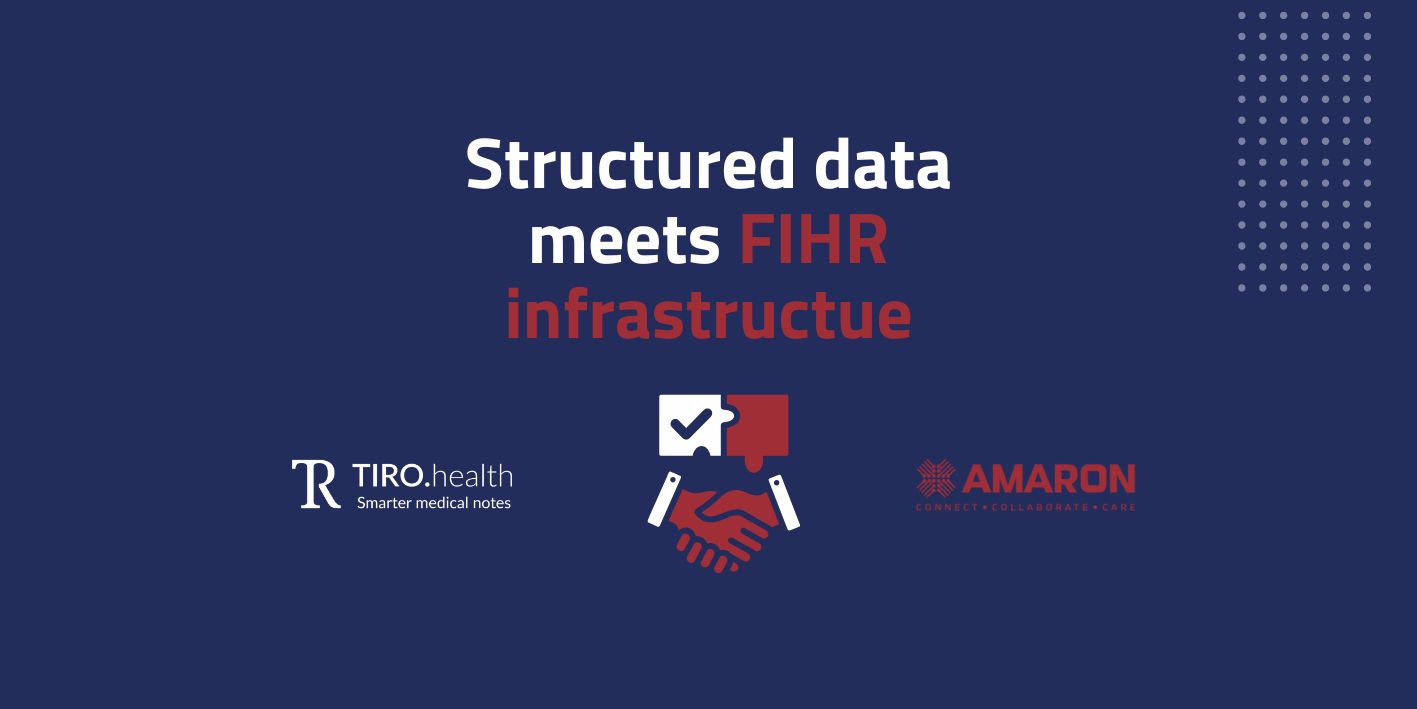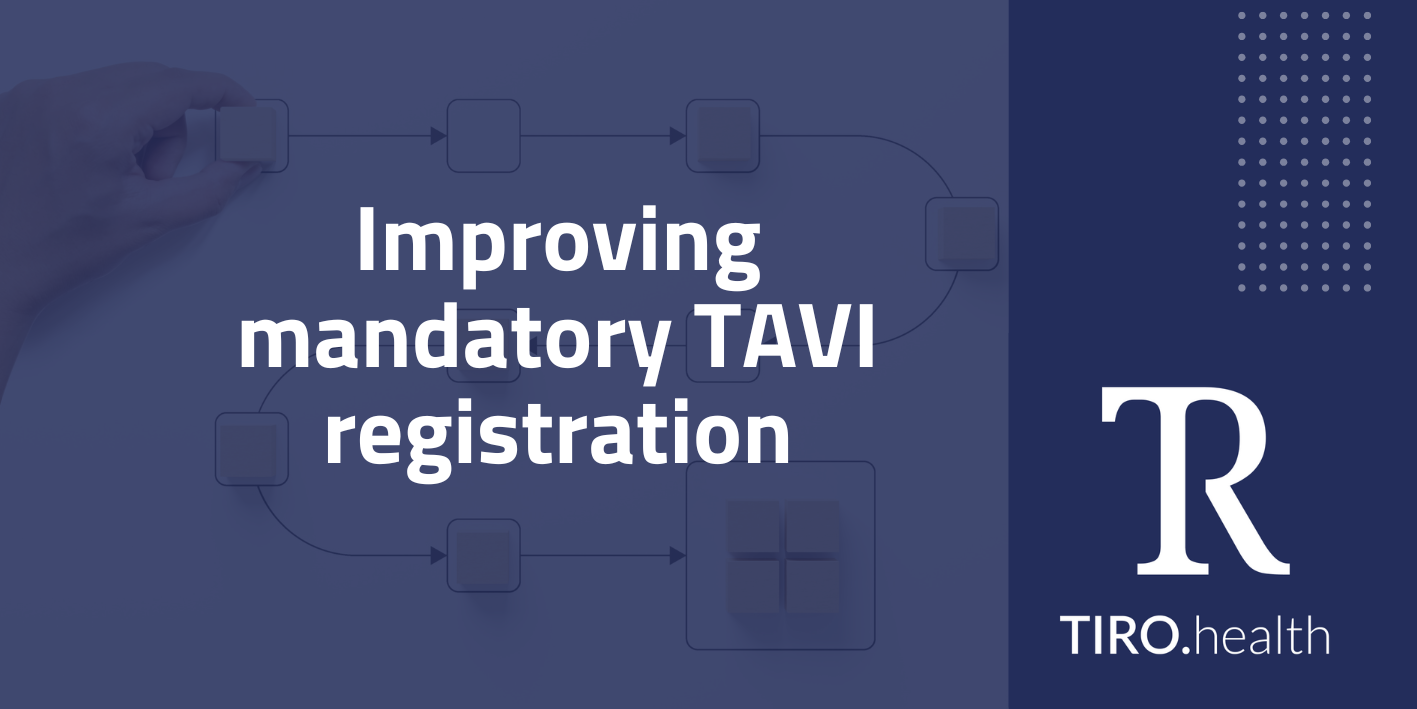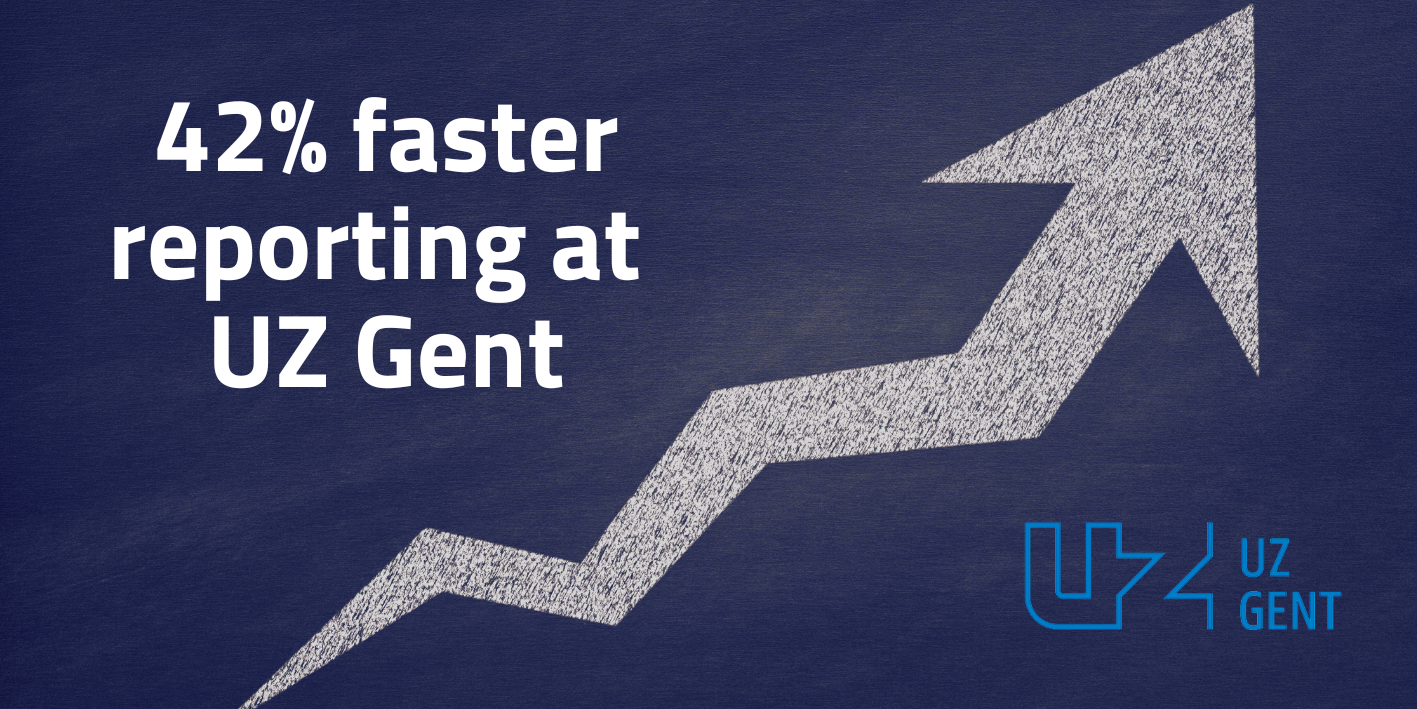What is ambient voice technology and how do ambient AI scribes work?
Ambient voice technology revolutionizes clinical documentation by placing discreet microphones in consultation rooms that capture conversations and automatically generate draft documentation. This approach, embodied by ambient AI scribe solutions like Microsoft's Dragon Copilot and Abridge, promises healthcare providers less typing and more meaningful patient interactions.
The technology represents a significant upgrade from traditional documentation methods, with early studies indicating time savings of approximately 25% across multiple medical specialties and reduced cognitive burden for clinicians who no longer need to focus on keyboards during patient encounters.
However, while ambient AI scribe technology addresses surface-level documentation challenges, the broader clinical documentation ecosystem extends far beyond consultation notes. Operative summaries, procedure reports, discharge letters, and order sets all require both precision and consistency. Qualities that raw speech-to-text transcription cannot always guarantee.
Does ambient voice technology solve the deeper documentation challenge, or does it merely address one component of a much larger system?
Where ambient AI scribe solutions fall short in healthcare documentation
Limited integration with existing clinical data
The first significant limitation of current ambient AI scribe technology emerges during data capture. While these systems excel at transcribing spoken conversations, much of the essential patient narrative already exists within electronic health records. Re-entering medication lists, allergy information, or previous imaging dates through voice commands often creates data duplicates and occasionally introduces conflicts between existing structured data and new ambient-generated content.
Lack of structured guidance for clinical encounters
A second constraint appears when ambient voice technology operates without structured templates guiding the clinical encounter. Without predetermined frameworks, healthcare providers may inadvertently miss critical data elements required for billing compliance, quality metrics, or clinical decision support. Ambient AI scribe systems have no mechanism to pre-populate known information or prompt clinicians for missing required fields, potentially compromising documentation completeness.
Format limitations and interoperability challenges
Most ambient AI scribe vendors deliver documentation in free-text format, and even when specific clinical elements like blood pressure readings or ICD-10 codes are captured, these fragments rarely populate the correct structured database fields automatically. This forces data scientists and clinical analysts to rely on additional natural language processing tools, or worse, manual review processes, to extract allergies, laterality information, or procedural indications from narrative text.
Finally, unstructured text output from ambient voice technology complicates healthcare interoperability. FHIR and other industry standards heavily rely on coded, structured data rather than narrative prose. Exchanging ambient-generated documentation with registries, analytics platforms, and other healthcare systems becomes as inefficient as sending handwritten letters in today's digital communication landscape.
How structured clinical templates enhance ambient voice technology
Capturing structured data at the source of care
Structured clinical templates directly address the limitations inherent in ambient AI scribe technology. By enforcing required data fields, standardizing measurement units, and providing controlled vocabularies that eliminate spelling inconsistencies, structured templates immediately improve clinical data quality. SNOMED CT and LOINC codes maintain semantic integrity when transferred between systems, preserving clinical meaning from ward to research laboratory. Real-time clinical decision support systems function optimally with discrete, coded data entries rather than free-text narratives.
Tiro.health operates specifically in this healthcare technology space, combining specialty-specific clinical templates with comprehensive terminology engines so that each documented item becomes a native FHIR resource. This approach allows narrative documentation and structured data to coexist within the same clinical workflow rather than existing in separate technological silos—a design choice with significant implications for healthcare efficiency. Healthcare providers document patient encounters once while automatically generating research-ready datasets, accurate billing codes, and quality metrics, eliminating costly manual downstream processing.
From clean clinical inputs to intelligent healthcare insights
Structured clinical data serves purposes beyond organizing patient charts; it directly fuels healthcare analytics and machine-learning applications. Consider this nephrology example: when eGFR trends, medication exposure data, and comorbidity codes arrive in clear, standardized formats, predictive algorithms can identify chronic kidney disease progression months before clinical symptoms become apparent. This enables clinicians to intensify reno-protective therapy protocols or schedule earlier follow-up appointments based on data-driven insights.
Healthcare data scientists frequently report that most of their professional time disappears into cleaning and normalizing medical records. Capturing structured data at the point of care fundamentally transforms this ratio, enabling faster model development, validation, and deployment while freeing analysts from hours spent decoding misspelled medication names or inconsistent clinical terminology.
The optimal approach: combining ambient AI scribe technology with structured templates
Creating hybrid documentation workflows
Growing clinical consensus suggests that ambient voice technology and structured templates achieve optimal results when implemented together rather than as competing solutions. Ambient AI scribe systems capture the rich narrative elements of patient encounters while on-screen structured templates highlight missing clinical elements, display existing patient values, and prompt healthcare providers for any remaining required details.
This hybrid approach significantly reduces clinical workflow interruptions because healthcare providers can immediately identify unresolved documentation requirements. The resulting clinical notes contain both conversational narrative prose and high-fidelity, coded clinical facts that support downstream healthcare processes.
Tiro.health's platform exemplifies this hybrid documentation pathway, seamlessly aligning ambient voice input with SNOMED-coded clinical forms so that each discrete clinical fact automatically populates its appropriate FHIR destination. This ensures that clinical notes remain human-readable while the underlying database becomes fully machine-processable for analytics, research, and interoperability purposes.

Practical implementation strategies for healthcare organizations
Healthcare organizations implementing ambient AI scribe technology should consider several key integration factors. First, establishing clear workflows that combine voice capture with structured data entry ensures comprehensive documentation without workflow disruption. Second, training clinical staff on both ambient technology capabilities and structured template requirements maximizes adoption and efficiency gains.
Third, technical integration planning should prioritize electronic health record compatibility and data flow optimization. The most successful ambient AI scribe implementations feature seamless integration with existing clinical systems, allowing structured data to populate automatically while maintaining audit trails and version control.
Simplifying EHR integration: a practical roadmap for ambient voice technology
Overcoming common integration challenges
Healthcare technology integration projects frequently encounter obstacles when external development teams cannot easily discover relevant API endpoints or understand the exact data payloads that electronic health record systems require. When technical documentation lacks clarity, contains outdated information, or fails to synchronize with live system capabilities, development timelines shift from productive coding to inefficient trial-and-error processes.
Several straightforward measures can eliminate most integration friction for ambient AI scribe technology. Publishing version-controlled, searchable API documentation complete with minimal working examples and explicit change logs provides healthcare integrators with reliable technical references. Establishing stable sandbox environments populated with realistic, anonymized patient data enables development teams to validate ambient voice technology behavior before deployment to production environments.
Finally, exposing workflow hooks that allow structured clinical inputs to trigger downstream actions, automatically populate clinical forms, and retrieve prior patient results maintains clinician productivity within unified workspaces. These technical steps compress project timelines, reduce ongoing maintenance overhead, and accelerate the deployment of voice-enabled, structured clinical documentation solutions.
The future of clinical documentation: beyond ambient AI scribes alone
Maximizing healthcare technology investment returns
Ambient AI scribe technology already demonstrates significant value in minimizing clinical documentation time and maximizing direct patient care interactions. However, speech transcription alone cannot guarantee healthcare interoperability, data quality standards, or analytics readiness that modern healthcare organizations require.
Healthcare systems that strategically combine ambient voice technology with structured-at-source platforms like Tiro.health position themselves to reduce administrative burden, unlock data-driven care capabilities, and—perhaps most importantly—enable healthcare providers to maintain better work-life balance through more efficient documentation workflows.
Key considerations for healthcare leaders
When evaluating ambient AI scribe solutions, healthcare organizations should prioritize platforms that offer:
- Seamless EHR integration with existing clinical workflows
- Structured data capture capabilities alongside narrative transcription
- Interoperability standards compliance (FHIR, SNOMED CT, ICD-10)
- Customizable templates for specialty-specific documentation requirements
- Real-time quality assurance and clinical decision support integration
The most effective ambient voice technology implementations recognize that clinical documentation serves multiple stakeholders: clinicians need efficient workflows, administrators require accurate billing data, researchers depend on structured datasets, and patients benefit from comprehensive care coordination. Solutions that address all these requirements through hybrid approaches combining ambient AI scribe technology with structured clinical templates deliver the greatest long-term value.
By embracing this comprehensive approach to clinical documentation transformation, healthcare organizations can harness the immediate benefits of ambient voice technology while building the foundation for advanced analytics, improved patient outcomes, and sustainable clinical workflows that support both current needs and future healthcare innovation.
Frequently asked questions about ambient AI scribe technology
What is the difference between ambient AI scribe technology and traditional medical transcription? Ambient AI scribe systems work automatically in the background during patient conversations, while traditional transcription requires manual input or dictation. Ambient voice technology captures natural conversations without interrupting clinical workflows.
Can ambient AI scribes generate structured data?
Most ambient AI scribe solutions primarily produce free text. For optimal structured data capture, specialized platforms like Tiro.health are needed that combine ambient voice technology with structured templates.
How does structured data improve the effectiveness of ambient voice technology?
Structured data ensures consistent coding, better interoperability, and directly usable analytics. It combines the efficiency of ambient AI scribes with the precision required for modern healthcare systems.
What are the main limitations of current ambient voice technology in healthcare?
Key limitations include lack of structured data output, difficulty integrating with existing EHR data, potential for duplicate information, and challenges with complex medical terminology and specialty-specific requirements.





